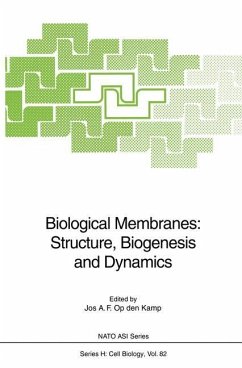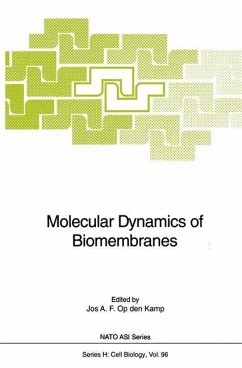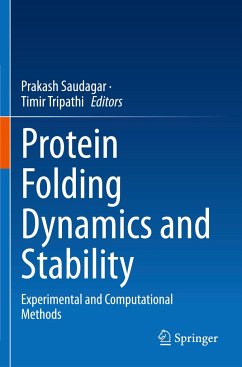
Life Under Extreme Conditions
Biochemical Adaptation
Herausgegeben: Di Prisco, Guido

PAYBACK Punkte
38 °P sammeln!
In their very first lecture biochemists learn that biomolecules, namely nucleic acids, proteins and lipids, are extremely temperature sensitive and will denature and lose their function easily. Then how do Archaebacteria survive in hot springs or Antarctic fishes which live in ice-cold water? The way nature engineered subcellular structures, lipid membranes or proteins to meet the biochemical requirements of extreme conditions - like extreme temperature or salt concentrations - is described in Life Under Extreme Conditions.














